The content of the article
Cyclamen refers to perennials. The flower blooms in late autumn and winter, throwing up to 15 buds of various shades: from salmon and pale pink to saturated lilac and violet. At home, it is recommended to grow European and Persian varieties, as well as their hybrids with terry and corrugated petals. To get healthy and beautiful plants, you should select high-quality seeds and carefully care for them.
Good and bad seed
When buying bags with future cyclamen in a flower shop, you should check the expiration date of the seed. Fresh specimens have almost one hundred percent germination, and expired versions turn into sprouts only in rare cases. More often they rot and die.
Seeds purchased must be sorted, separating the viable harvest from empty shells. Checking planting material is simple:
- Dissolve 20-30 g of sodium chloride or white sugar in a glass of water.
- Dip cyclamen seeds in a liquid and stir for 5 minutes.
- Wait until one part of the seed floats to the surface and the second settles to the bottom.
- Drain the solution with empty shells. They will be upstairs.
- Rinse the seeds that have settled to the bottom with clean water and soak so that they swell and increase in size.
“Zircon” should be added to the container with future cyclamens. The product helps seeds adapt to the substrate, stimulates flower growth and increases its resistance to diseases. You can do without additives, just soaking the seed in warm water for 1-2 days.
Swollen seeds, without drying, are immediately planted in a wooden box filled with a special mixture. Cyclamens will need 30–40 days to hatch and gain strength. During this period, it is important to protect the seeds from sudden temperature changes and not to fill with water, otherwise even the strongest and most seasoned planting material will begin to rot and die.
Nutrient substrate
Cyclamens are not too picky and can take root in almost any soil. The main thing is that the land meets three criteria:
- did not turn into a dense lump when dried;
- allowed the root system to breathe;
- removed excess moisture into the pan, but did not hold it inside the pot.
Some gardeners recommend peat. Yes, the material is nutritious and contains many minerals that will accelerate the growth of cyclamens, but there is one drawback: such soil will absorb too much moisture. You will have to constantly monitor so that the middle and lower peat layer have time to dry before the next watering, otherwise the root system of the plant will be attacked by the fungus, and the flower will die.
Many nutrients are found in leafy earth. Choose varieties with non-remnants of bark and fallen leaves. Soddy soil is also suitable. The soil brought from the forest or garden must be calcined, poured with boiling water or disinfected in a double boiler. High temperatures will destroy insect eggs and weed spores, as well as fungus and disease.
Peat or land is mixed with coarse sand or fine perlite to make the substrate loose. Cyclamens grow better in slightly acidic or neutral soil; therefore, at a high pH level, it is advisable to add 10–20 g of dolomite flour to the substrate.
Tip: Fans of flowers are recommended to abandon peat. It is better to dwell on the option of earth, sand and perlite. Do not add humus or compost to the substrate so as not to infect cyclamen with fungus or parasites.
Seed planting
You will need a shallow wide box made of wood or plastic. Seeds cannot be planted in separate pots until they have sprouted. A weak root system is not able to occupy the entire space, so the soil begins to sour and mold. As a result, young shoots get sick and die.
Planting cyclamen seeds is simple:
- Put the bottom of the box with expanded clay, fine pebbles or grated foam. The material performs the function of drainage.
- Half fill the substrate, which is densely tamped. Make a shallow hole or seed groove with a toothpick.
- Put moist planting material on the substrate. To fill up with a thin layer of sand which will provide sprouts with air and will not allow moisture to stagnate.
- Add on top of 0.5-1 cm peat or nutrient land.
- Humidify from a spray bottle.
- Cover with glass or cling film. Get a kind of greenhouse.
At the first stage, cyclamens do not need light or heavy watering. Seeds should be protected from drafts and sudden changes in temperature. Hacked sprouts are aired daily, raising the glass or opening the film. Keep the box away from open windows and slots so that the draft does not cause cyclamen death.
The cover is removed after the formation of the first full leaf. Seedlings are given several days to adapt, and then transplanted into new separate containers.
Dive Rules
Pots choose medium depth with a small diameter. The flower will live in them for a year, a maximum of two, and after that you will have to transplant the plant into a more spacious flowerpot. One large hole is made in the bottom, into which a gauze tourniquet or a short thick rope is threaded. Cyclamens should not be watered like ordinary indoor flowers. Water is destructive for the root neck and leaf outlet, therefore, should come from below, and not from above. Thanks to the rope, the plant receives the required amount of liquid.
Dive cyclamen occurs in several stages:
- Fill the pot with any drainage material.
- Half-fill the flowerpot with a substrate with the addition of sand and perlite.
- Water abundantly in the box in which cyclamens grow. So it is easier to take out the sprouts and not damage the root system.
- Saplings with lumps of soil to transfer to the pot. Add the substrate and compact it tightly, leaving the root neck on the surface.
- Do not water for several days, let the flowers absorb liquid from the lump of earth, with which they were transferred to a new pot.
- After a week, fertilize the seedlings with a solution of ammonium sulfate. The mineral supplement will accelerate the adaptation of cyclamens and protect immature flowers from diseases.
- 7 days after the first fertilizer, the result should be fixed with a solution of potassium nitrate.
Important: Cyclamen picking is carried out 3-4 months after emergence. Sprouts will have time to grow stronger, and transplantation will not become too much stress for them.
Pots with young flowers are set on a special pallet filled with small or medium pebbles. A drainage layer is necessary so that the substrate always remains slightly moist, but not wet.
Daylight hours, watering and temperature
Boxes with seeds are kept in cool rooms where the temperature does not fall below + 16–14 and does not rise above + 18–19. When warm, the plant hibernates, and its development slows down. In order for the flower to grow faster and more actively, the box can be put in the basement or taken out to the balcony, if the window is early spring. But the cold is also able to kill seedlings, so cyclamens protect against frost and low temperatures. If the thermometer shows + 5–10, the seedlings should be brought into the house. Adult flowers feel comfortable at +20 and below. The heat weakens the exotic plant, it becomes more vulnerable and can become sick.
Sprouts that do not have time to hatch, do not need light.But when the first violet strings appear, the container with flowers is rearranged on the western or eastern window or a phytolamp is installed next to them. Direct UV is dangerous for cyclamen. The sun burns and injures the leaves, overdries the soil. In summer, flowers shade and hide in the far corners of the house, where there is a cool and dim light. Tulles, lace translucent curtains or blinds should be hung on the windows so that they scatter and soften the sun's rays.
Water cyclamen with settled filtered water. You can dial from the tap or collect rain. It is not necessary to heat the liquid, but ice water is not the best choice. Let it be at room temperature or a little warmer.
Water is not poured into a pot, but into a pan. Leave for 30-50 minutes, so that the plant has time to "get drunk". Drain the rest carefully. You can not breed a swamp, in which a fungus or mold.
In summer, it is useful to moisten the air around cyclamen from a spray bottle to protect the plant from heat. Gently spray liquid from the spray gun at a distance of 30-40 cm from the top of the flower. Moisture droplets cannot fall on the stems and root neck, as well as buds and blossoming inflorescences.
Tip: You can periodically wipe cyclamen leaves with a damp sponge or cotton wool to remove dust and prevent the appearance of a spider mite.
Helpful information
- In the first 3-4 months after a dive, exotic flowers practically do not grow up, because they grow tubers and the root system. As soon as the lower part of the plant fills the pot, the top will become thicker, and after 7-8 months, buds will appear.
- Planting cyclamen seeds is recommended in March or April, when it is cool and not too sunny.
- Exotic flowers should be fertilized 1-2 times a month, introducing weak solutions. When cyclamen drops the leaves and goes into hibernation, you should abandon the additives and reduce watering. With an excess of mineral salts in the soil, the plant weakens and withers.
- When the flower "wakes up", and the first leaves appear, it should be transplanted into a new, more spacious pot.
Even amateur gardeners who only know this subtle science can grow cyclamen from seeds. You need to hide the exotic plant from the sun, keep it in a cool room and periodically moisten the soil. If you follow the simple rules, just a year after planting seeds, exotic flowers will get stronger and throw out their first buds.
Video: how to grow cyclamen from seeds

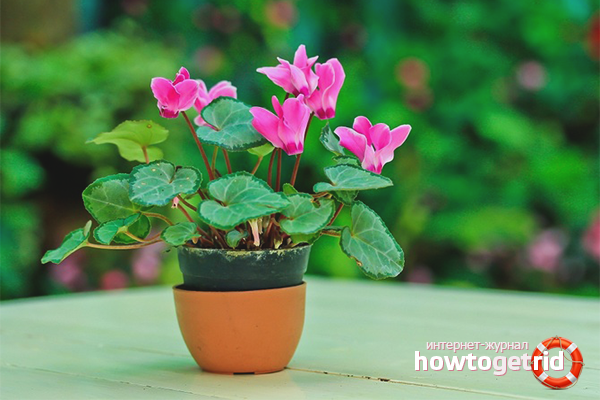

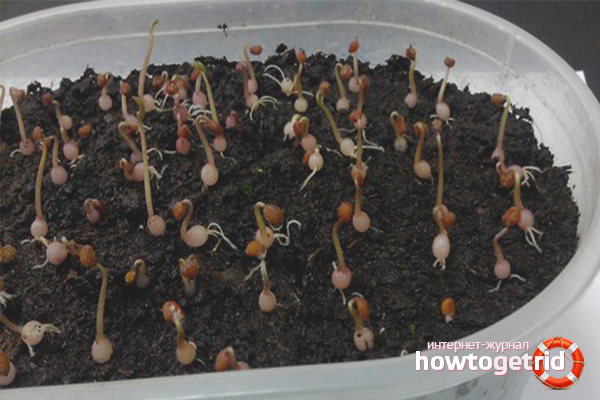
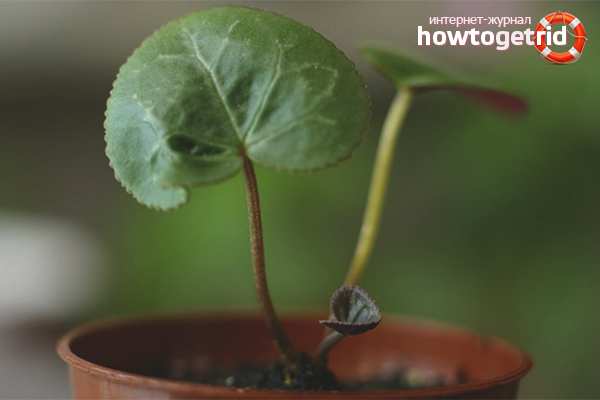
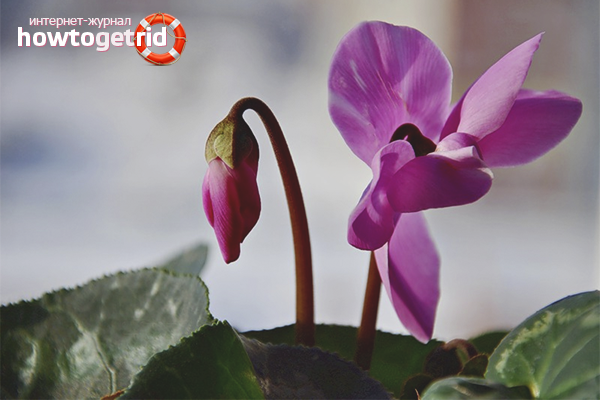
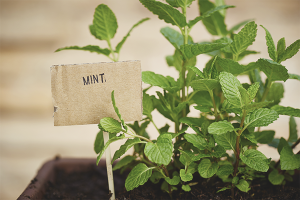
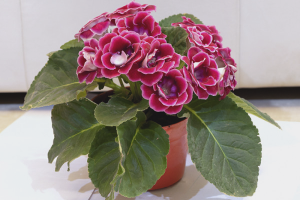
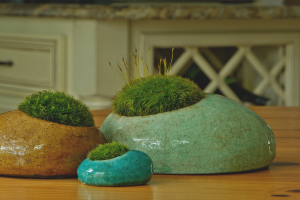
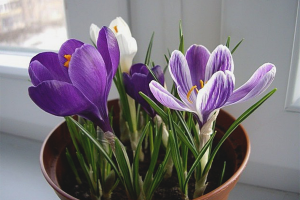

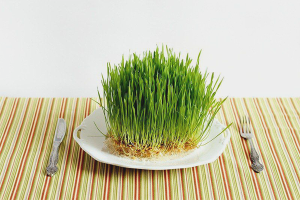
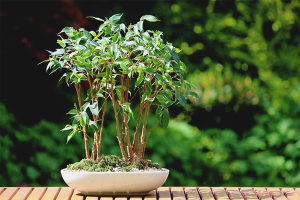
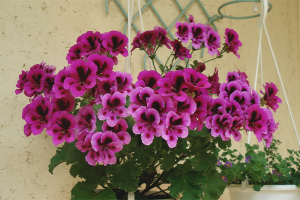
Submit